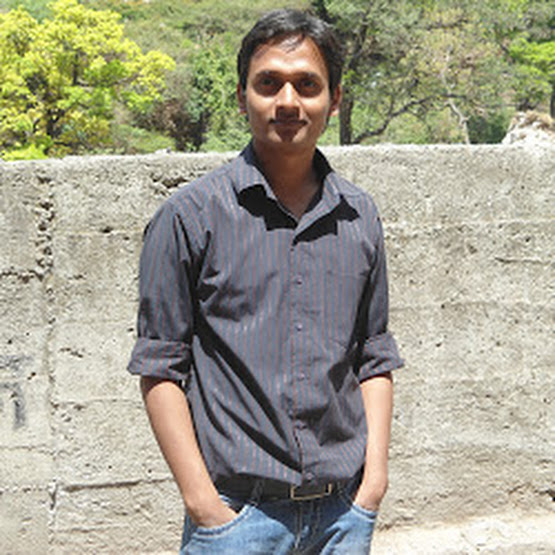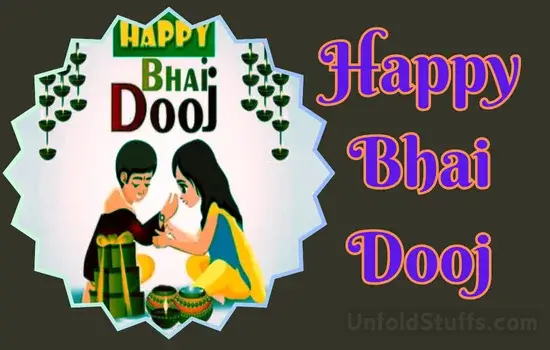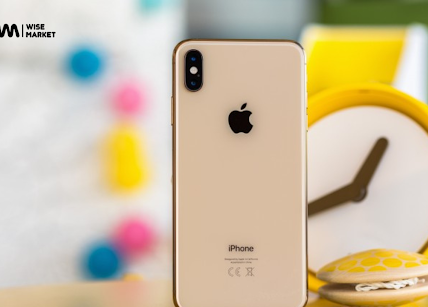Bhai Dooj, also known as Bhai Phota or Bhai Teeka, is a joyous Hindu festival celebrated to honor the unique bond between brothers and sisters. Occurring on the second day after Diwali, Bhai Dooj is a day dedicated to expressing love and affection between siblings. The word “Bhai” means brother, and “Dooj” refers to the second day after the new moon.
On this special day, sisters perform aarti (a ritual of waving lighted wicks) for their brothers and apply a colorful tilak or teeka on their foreheads, symbolizing blessings for their well-being. Brothers, in return, give gifts to their sisters as a token of love and appreciation. The festival is marked by the exchange of sweets, laughter, and the strengthening of the sibling bond.
Bhai Dooj holds cultural significance as it celebrates the unique relationship between brothers and sisters, fostering love, care, and lifelong companionship. The day is a beautiful expression of the enduring bond that transcends time and distance, making Bhai Dooj a cherished celebration in Indian families.
Bhai Dooj 2024 Puja Date and Time
Bhai Dooj 2024 |
||
| Event | Date & Time | Day |
| Bhai Dooj 2024 | November 03, 2024 | Sunday |
| Bhai Dooj Aparahna Time | 01:10 PM to 03:22 PM | Sunday |
| Dwitiya Tithi Begins | 08:21 PM on Nov 02, 2024 | Saturday |
| Dwitiya Tithi Ends | 10:05 PM on Nov 03, 2024 | Sunday |
Bhai Dooj Stories
Story 1: Yama and Yamuna
In ancient times, Yama, the God of Death, visited his sister Yamuna on the auspicious day of Bhai Dooj. Touched by his sister’s warm welcome and the affectionate reception, Yama granted Yamuna a boon that any brother who visits his sister on this day would be blessed with happiness and a long life. Since then, Bhai Dooj is celebrated to honor the sacred bond between brothers and sisters.
Story 2: Lord Krishna and Subhadra
According to Hindu mythology, Lord Krishna visited his sister Subhadra after defeating the demon Narakasura. Subhadra, overjoyed by her brother’s victory, welcomed him with sweets and flowers. She lovingly applied tilak on Krishna’s forehead as a mark of her blessings. It is believed that the tradition of applying tilak on the brother’s forehead during Bhai Dooj originates from this touching moment between Lord Krishna and Subhadra.
Story 3: Mahavir and Trishala
In the Jain tradition, Bhai Dooj is associated with Lord Mahavir, the 24th Tirthankara, and his sister Trishala. It is believed that Trishala visited Lord Mahavir after he attained enlightenment. Overwhelmed with joy, Trishala performed an aarti for her brother and applied tilak on his forehead. This act of love and respect is commemorated in the celebration of Bhai Dooj among Jains.
These stories highlight the essence of Bhai Dooj as a celebration of the bond between siblings, emphasizing love, protection, and the eternal connection shared between brothers and sisters.
Facts About Bhai Dooj
- Celebration after Diwali: Bhai Dooj is celebrated on the second day after the new moon, marking the end of the five-day Diwali festival.
- Sibling Bond: Bhai Dooj is a celebration of the special bond between brothers and sisters, symbolizing love, care, and protection.
- Sisters’ Rituals: Sisters perform aarti for their brothers, applying a tilak or teeka on their foreheads as a gesture of blessings and protection.
- Brothers’ Gifts: Brothers express their love by giving gifts to their sisters on Bhai Dooj, symbolizing appreciation and care.
- Yama and Yamuna Connection: Bhai Dooj has connections to the Hindu mythology story of Yama, the God of Death, visiting his sister Yamuna, and granting a boon for brothers’ well-being.
- Lord Krishna’s Celebration: The tradition of celebrating Bhai Dooj is associated with Lord Krishna visiting his sister Subhadra after defeating the demon Narakasura.
- Jain Tradition: In Jainism, Bhai Dooj is linked to Lord Mahavir and his sister Trishala, celebrating the reunion after Lord Mahavir’s enlightenment.
- Regional Variations: Bhai Dooj is celebrated by different names in various regions, such as Bhai Phota in Bengal and Bhai Teeka in the northern parts of India.
- Colorful Tilak: Sisters often use a colorful tilak made from sandalwood paste, saffron, and rice to apply on their brothers’ foreheads.
- Floral Decorations: Homes are adorned with colorful flowers and rangoli patterns during Bhai Dooj, creating a festive atmosphere.
- Sweet Exchanges: Sweets are an integral part of Bhai Dooj celebrations, symbolizing the sweetness of the relationship between siblings.
- Prayers for Longevity: Sisters pray for the long and healthy life of their brothers during the Bhai Dooj rituals.
- Cultural Significance: Bhai Dooj is not only a religious celebration but also a cultural tradition that strengthens family bonds.
- Festive Attire: Families dress in traditional and festive attire on Bhai Dooj, adding to the joyous ambiance.
- Rituals at Home: While some families celebrate Bhai Dooj at home, others participate in community events or go to temples for special prayers.
- Traditional Dishes: Special dishes and meals are prepared on Bhai Dooj, and families come together to enjoy festive feasts.
- Modern Celebrations: In contemporary times, Bhai Dooj celebrations may also include video calls and virtual exchanges, especially for siblings who are geographically separated.
- Creative Gifts: Besides traditional gifts, siblings exchange creatively crafted presents, reflecting the uniqueness of their relationship.
- Symbol of Protection: The tilak applied during Bhai Dooj is believed to protect brothers from harm and bring good fortune.
- Universal Celebration: Bhai Dooj is celebrated not only in India but also by the Indian diaspora worldwide, showcasing the universal significance of sibling relationships.

Santosh Kumar is an editor at unfoldstuffs.com and a professional content writer. With years of experience he is passionate for creating engaging, informative and impactful topics.










